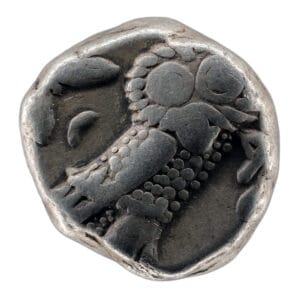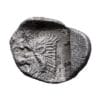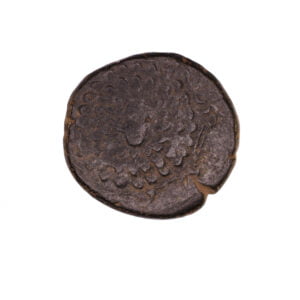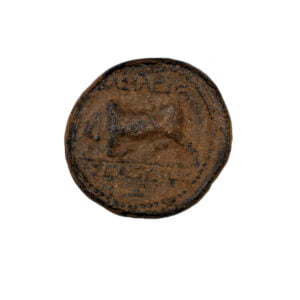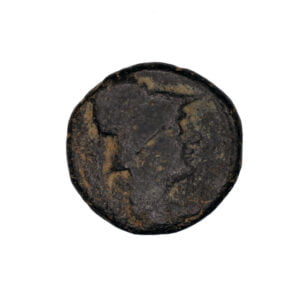Attica, Athens AR Tetradrachm – Owl – Intermediate Style
$550.00
Ancient Greek – Silver Tetradrachm of Attica, Athens
Owl standing to right with head facing, olive sprig and crescent behind, ΑΘΕ before; all within incuse square.
Out of stock
Ancient Greek – Silver Tetradrachm of Attica, Athens
Obv: Head of Athena to right, wearing crested Attic helmet ornamented with three olive leaves above visor and spiral palmette on bowl, round earring with central boss, and pearl necklace
Rev: Owl standing to right with head facing, olive sprig and crescent behind, ΑΘΕ before; all within incuse square.
353 – 340 BC. · Attica, Athens · SNG Cop 63, Pi Type 3
16.9g · 21mm
In 353 BC, Athens restruck their classic style tetradrachms as part of its economic response to the financial strain of the Social War (357–355 BC), creating these “Pi Type” tetradrachms. The process often involved the folding of older coins before overstriking them, a technique used to erase previous designs more effectively. This was done by heating the coin, folding it in half or partially, and then flattening it before striking it with fresh dies bearing the traditional Athena and owl motif. As a result, many restruck tetradrachms show irregular surfaces or traces of the original design underneath. The process also allowed Athens to reuse foreign or worn coins, ensuring a continued supply of currency to support trade and military expenses.
Related products
Ancient Greek
Ancient Greek
Ancient Greek
Ancient Greek
Ancient Greek



